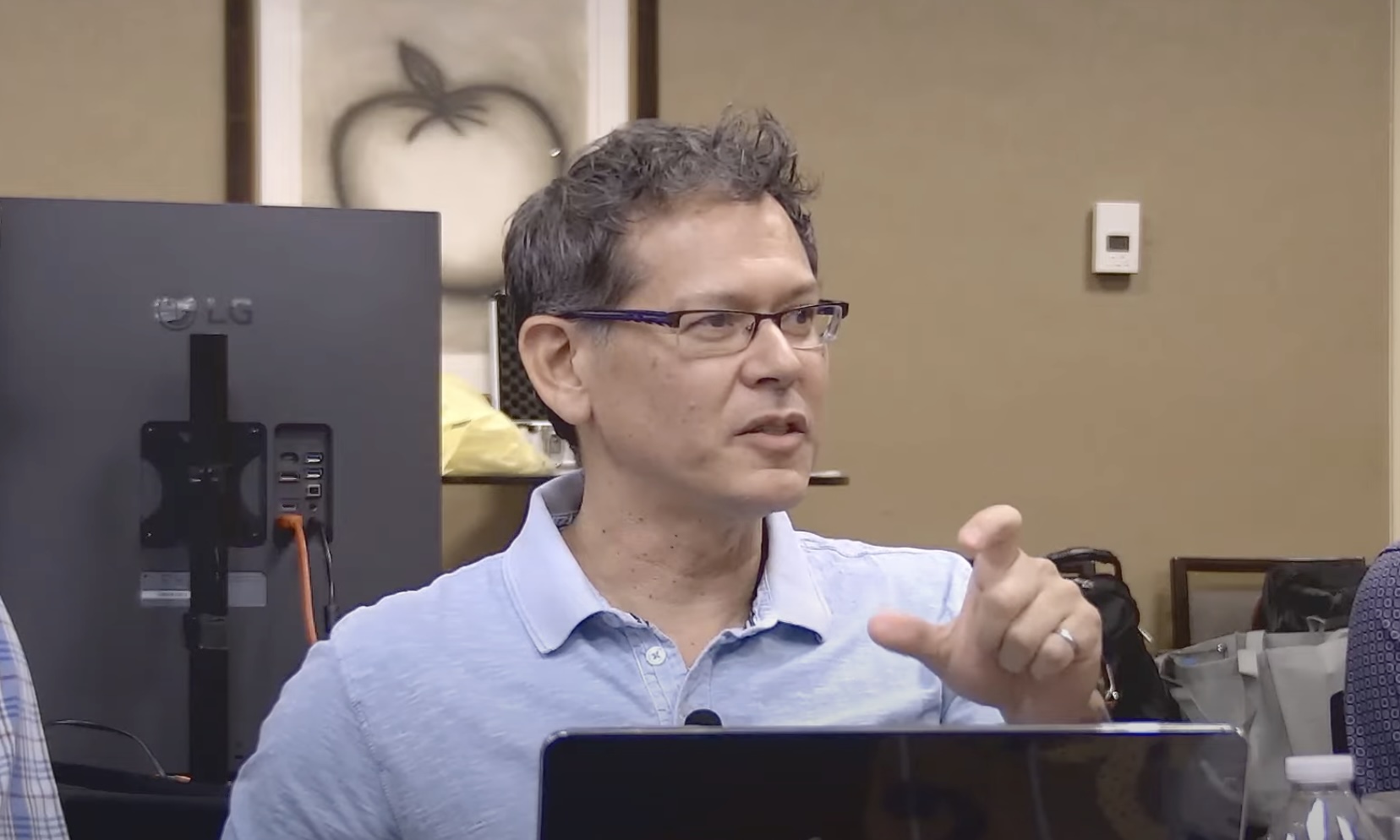A question that has bent the mind for ages is “What really came first, the chicken or the egg?” An equally confounding question that has lately got many tech insiders scratching their heads is – What’s driving innovation? Is it hardware or software?
At the Networking Field Day event, Ed Horley, IT professional, author, and Field Day delegate, raised this question. Next day, him and the attending panelists met over a delegate roundtable to sink their teeth in and get to an answer.
Software and hardware have been locked in an incessant cycle of innovation for the past decade. New inventions in one category have been followed by even bigger disruptions in the other. So, it’s hard to put a finger on which of the two is ahead, or perhaps, which is a bigger catalyst to innovation. It’s quite a chicken-or-egg situation.
The Shape of Innovation
The proliferation of virtual technologies on the heels of cloud adoption has been a true accelerant for software demands. Software sales across the globe have skyrocketed.
Software sells three times more than hardware, said Ron Westfall, research expert and analyst at The Futurum Group.
The numbers don’t lie. More software products have found their way into the market in the recent years. Experts suggest that the continuing move to subscription-based services is another correlating factor.
To keep up, traditional networking hardware companies like Cisco, Ericsson and HPE have poured in sizable investments to establish that they now have software capabilities they didn’t have before, Westfall continued.

It is plain that the industry as a whole has been focusing bulk of its attention and energy on software development. For many companies, it has served as a source of incremental income, but the hype is not immune to the transitory nature of the market.
“We did a lot of work around software, but the hardware has a chance to really change the dynamics about what’s going on in the industry overall,” Horley opined.
Hardware is not a supporting cast. Demand and revenue for hardware continue to remain strong globally across markets. The rise of AI and ML has heavily contributed to this.
AI has brought hardware to the top again by stoking demand for specialized accelerators like the GPU. To power these workloads, hardware is a critical component.
Another major driver is digital transformation that has led to new acquisitions of hardware technologies in on-premise data centers.
But spotting the real driver of innovation is still tricky. “The hype cycle around AI may be driven by hardware, but inside organizations, with trends like cloud adoption and hybrid workforce, hardware matters a whole lot less than what it used to,” Jordan Martin, principal architect, pointed out.
Greater emphasis is being laid on virtual services and how they will be consumed, over the underlying hardware ecosystem that’s making it all work.
A Symbiosis
There is an intertwining at play that must not be missed. Hardware and software in a solution constantly interact with each other. Out-of-the-box, hardware products promise a certain level of performance and efficiency. Companies write software that allows users to vacuum out that promised performance during real-world applications.
Businesses have relied on this hack for years to get max utilization out of their hardware. Disaggregation of resources at the software level has created newer opportunities to influence and exploit the hardware. So, it’s fair to say that in some ways, software is strengthening the demand for hardware.
But the role of hardware remains indisputable in IT. “If software’s reaching a point where they can fully consume everything that’s happening in hardware, you need a brand-new hardware,” Horley pointed out.

The symbiotic link between the two have been carefully fostered and capitalized by many vendors over the years. In the networking space, it is quite common to see software bundled with hardware products.
“With proprietary ASIC, you build a switch that only you and no one else can build, and then you write a software that only interfaces with that ASIC,” pointed out Chris Grundemann, founder and director of Grundemann Technology Solutions.
The two-in-one packaging benefits both parties. Customers are able to leverage the dependency getting the most out of the hardware, while companies earn more revenue selling the accompanying software.
Wrapping Up
Horley’s analogy puts things in perspective. Imagine building a modern home with a paraphernalia of outdated tools. You may still be able to build a strong construction. But if you have a certain set of skills to give that modern flourish it needs, then it’s an extra advantage. That skill will go the extra mile that the tools cannot.
Software serves as that additional element that enables users to harvest more resources from a hardware solution by bypassing certain limitations.
Networking vendors’ visible interest in software innovation demonstrates that it continues to be a key enabler for hardware. It is unlikely, however, that software will leapfrog hardware at any point, becoming the sole driving force of innovation. Like an orchestrator to an ensemble, it will continue to make hardware better through intelligent manipulation.
Be sure to watch the full delegate roundtable from the Networking Field Day event at the Tech Field Day website.

